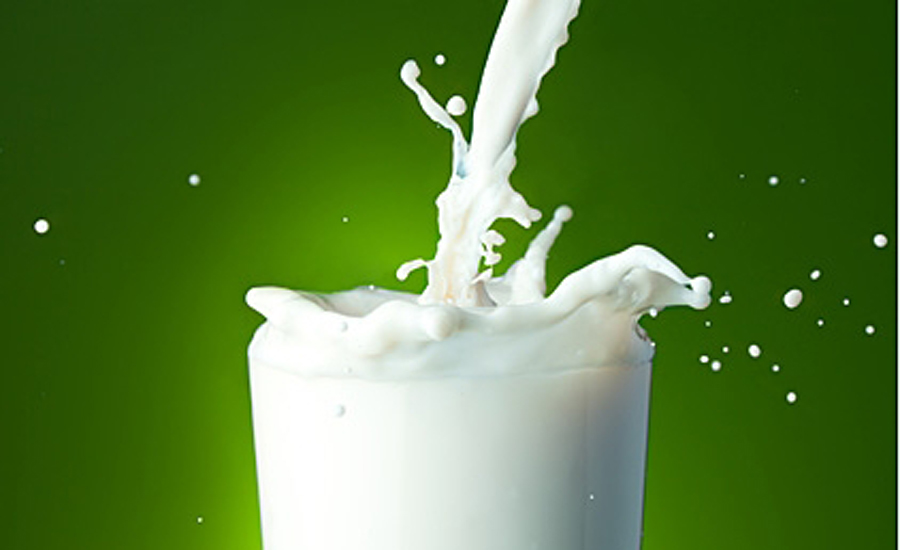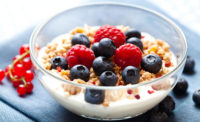Study: Dairy Alternative Segment Does Milk Market Good

More and more refrigerators nationwide are being stocked with almond milk and other assorted dairy alternatives, thus presenting a clear a shift in the U.S. beverage market, according to “Dairy and Dairy Alternative Beverage Trends in the U.S.,” a new report by New York-based market research publisher Packaged Facts.
"The next several years will see intensified competition between dairy and dairy alternative beverages, as both consumer comfort with the alternatives and criticism of dairy foods continue to grow," says David Sprinkle, research director for Packaged Facts. "Sales of plant-based dairy alternatives, especially almond milk, show no signs of slowing, and new alternative sources are expected to drive the alternative segment even faster and higher over the next several years."
Packaged Facts estimates that U.S. retail sales for dairy and dairy alternative beverages reached $24 billion in 2014, representing a 4% increase from 2013. While sales increased for both segments, the past few years have seen the dairy alternative sector increasing its share of the overall market to now account for 20% of the industry, up from barely 14% in 2010.
The single biggest market trend in the dairy and dairy alternative beverages market has been the strong growth in the almond milk segment. From 2013-2014, dollar sales of almond milk increased 40% on unit and volume increased just slightly below that figure. Likewise, coconut milk sales grew by double digits.
Looking ahead, expansion of the market for plant-based dairy alternative beverages will inevitably be driven by more than the growth of almond and coconut milk sales, with companies introducing additional alternatives such as cashew milk and hemp milk.
Not to be outdone, the traditional dairy industry, including the organizations representing farmers, processors, and marketers, is determined to make a major rebound in 2015 and beyond. Packaged Facts anticipates that the next few years will see the introduction of new dairy milk products testing the waters at the premium level, with products such as premium milk, milkshakes and flavored-milk products.
It's clear, however, that the shining star of milk's potential comeback will be organic products. Some retailers report that they have had to double the amount of space allotted to organic milks over the past few years, and news reports indicate that some regions, even in dairy rich areas in the Midwest, are reporting shortages.
"The growing market for organic milk is a reflection of the overall increase in sales of organic products and the steady widening of the numbers of American consumers willing to pay a premium price for the guaranteed quality of an organic product," says Sprinkle.
Looking for a reprint of this article?
From high-res PDFs to custom plaques, order your copy today!




